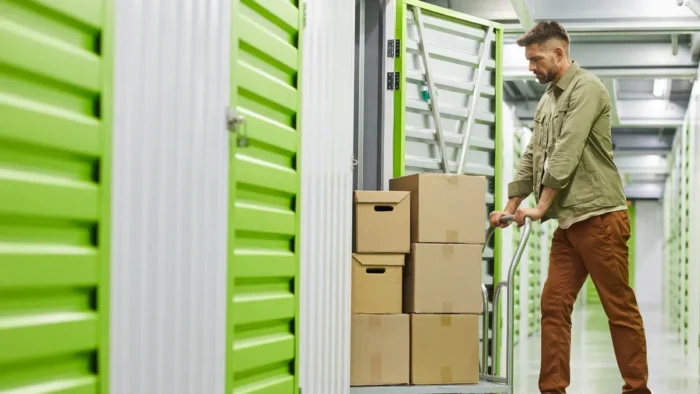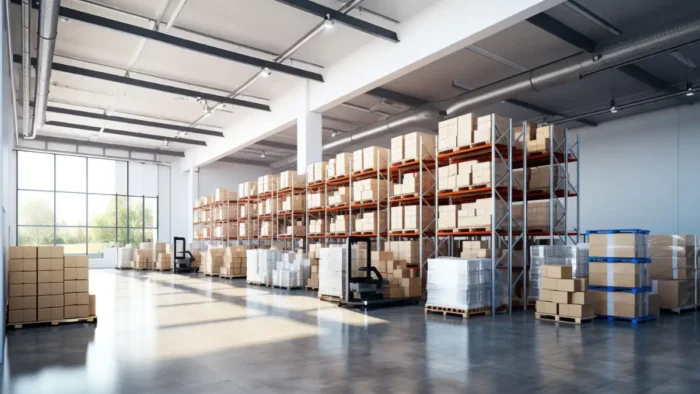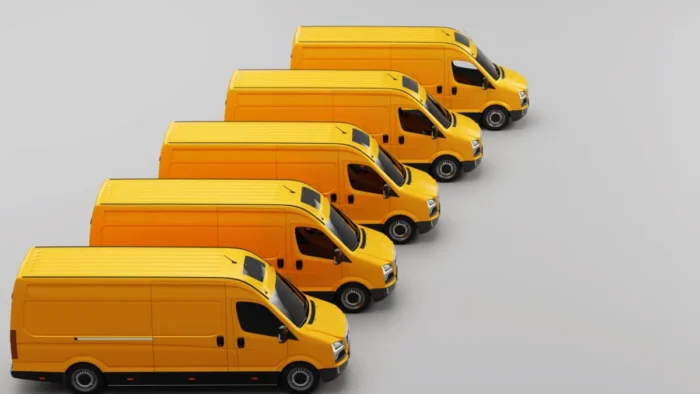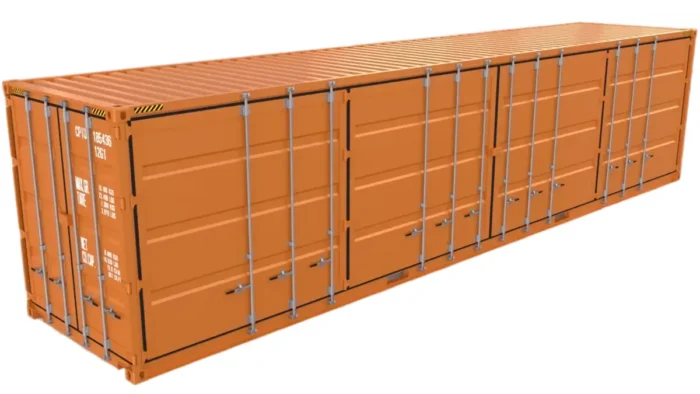An organized and efficient storage system is crucial for maintaining smooth operations in today’s fast-paced business world. As companies grow, so do their inventory and equipment needs, making it crucial to find storage solutions that meet current demands and are scalable for future growth.
This article will explore various storage solutions, from on-site facilities to specialized services, and how the right choice can significantly impact your business’s efficiency and bottom line.
Understand Your Storage Needs
Before diving into specific storage solutions, gaining a clear picture of your business’s storage requirements is crucial. This initial assessment will guide you toward the most efficient and cost-effective storage setup. Here’s a breakdown of the key steps involved:
1. Quantify Your Needs
The first step involves taking stock of your physical storage requirements. This includes:
- Inventory: Consider the volume and type of products you store. How much space do finished goods occupy compared to raw materials? Account for seasonal fluctuations and potential growth in inventory levels.
- Equipment: List all equipment that needs storage, categorizing by size, weight, and frequency of use. Frequent office equipment will require readily accessible storage, while you may store seasonal decorations in a less accessible location.
2. Identify Storage Types
Not all storage needs are created equal. Once you’ve quantified your requirements, categorize them based on the type of storage needed:
- Document storage: Crucial business documents require secure, climate-controlled storage for long-term preservation.
- Inventory storage: The type of inventory dictates storage needs. Fragile items require specialized shelving, while bulkier items benefit from pallet racking systems.
- Equipment storage: When choosing storage, consider the weight and size of the equipment. Heavy machinery requires a reinforced floor, while smaller tools suit cabinets or tool chests.
- Vehicle storage: Depending on the size and purpose of your vehicles, you may need covered parking spaces, secure garages, or open lots.
The initial assessment sets the stage for choosing suitable storage solutions for your business. Understanding what you need to store, from inventory to equipment, guides you toward the right options, like the storage units Grande Tyler TX, offers. This clarity ensures your operations remain streamlined and efficient. For more insights, consider exploring various storage solutions catering to different business needs.
Types of Storage Solutions
Having identified your storage needs, you can now explore the available storage solutions.
1. On-site vs. Off-site Storage
The first decision concerns the physical location of your storage. Here’s a breakdown of both on-site and off-site options:
- On-site storage: In-house storage provides direct access to and control over your inventory and equipment. It can be beneficial for more frequently used items or sensitive materials. However, on-site storage can be expensive, especially requiring additional square footage or specialized facilities.
- Off-site storage: Utilizing external storage facilities offers a cost-effective way to manage overflow inventory or seasonal items. Off-site storage providers may offer specialized features like climate control or high-security measures. However, compared to on-site storage, there can be access limitations and potential retrieval delays.
The optimal choice depends on factors like the frequency of access required, security needs, and overall budget.
2. Climate-Controlled Storage
Certain items require specific environmental conditions for optimal preservation. Climate-controlled storage provides a constant temperature and humidity level, which is crucial for:
- Electronics: Fluctuations in temperature and humidity can damage sensitive electronic components.
- Documents: Parchment, historical records, and even modern paper documents can deteriorate in extreme temperatures or high humidity.
- Art and antiques: Climate control helps prevent the warping, cracking, or fading of valuable artworks and collectibles.
If your business stores temperature- or humidity-sensitive items, investing in climate-controlled storage can safeguard your valuables and ensure their longevity.
3. Specialized Storage Solutions
Beyond basic storage, there are specialized solutions designed to cater to specific business needs:
- Vehicle storage: Secure options for vehicle storage depend on the type of vehicle. These include covered parking spaces, enclosed garages, or open lots with fencing and security measures.
- Perishable goods: Refrigerated or freezer storage is essential for businesses dealing with food or temperature-sensitive products.
- High-value items: High-security storage facilities offer advanced security measures, such as alarms, surveillance cameras, and access control systems, to safeguard valuable inventory or critical business documents.
Evaluating factors like location and the need for climate control is crucial in selecting a storage solution. This approach helps you choose a cost-effective option that enhances operational efficiency and protects your valuable assets.

Technological Integration
Technology isn’t just for communication and marketing—it can significantly improve your storage operations. Here’s how integrating technology can transform your storage from a static space to a dynamic hub:
1. Inventory Management Systems (IMS)
Gone are the days of manual inventory counts and lost items. An IMS provides real-time data on your inventory levels, location, and even expiration dates (for perishable goods). So, the inventory management system will allow you to:
- Optimize storage: By understanding what you have and where the location of what you need to manipulate is, you can organize your storage space more efficiently, minimizing wasted space and maximizing accessibility.
- Improve order management: Real-time inventory data allows you to streamline your ordering process, ensuring you have the right amount of stock on hand and avoiding stockouts or overstocking.
- Reduce costs: When you improve inventory management, you can minimize storage costs by identifying underutilized space and preventing unnecessary purchases due to inaccurate stock data.
2. Security Features
Technology plays a vital role in safeguarding your stored goods. Look for storage solutions that offer:
- Surveillance systems: Strategically placed security cameras prevent theft and provide valuable video footage in case of an incident.
- Access controls: Keycard or keypad entry ensures that only authorized personnel can access specific storage areas, adding an extra layer of security.
- Automated alerts: Motion sensors or temperature monitoring systems can trigger instant alerts if unusual activity or environmental changes occur within your storage unit.
Technology can be a powerful tool for managing storage operations. Therefore, using an inventory management system and implementing robust security features can significantly improve efficiency, accessibility, and, most importantly, the security of your stored goods.
Cost-Benefit Analysis
Selecting the proper storage solution is about more than finding the cheapest option. It’s about finding the solution that delivers the most value for your business. Here’s why a cost-benefit analysis is crucial:
1. Going Beyond Upfront Costs
Getting caught up in the initial price tag of storage options is easy. However, a proper cost-benefit analysis factors in all expenses, including:
- Rental fees: This includes the monthly or yearly cost of on-site storage space or off-site facility rentals.
- Equipment costs: Consider the cost of any shelving, racking systems, or other storage equipment required to organize your space efficiently.
- Management costs: Factor in labor costs associated with managing inventory or potential software subscriptions for inventory management systems.
2. Weighing the Benefits
Now, let’s look at the potential benefits a well-chosen storage solution can bring:
- Improved efficiency: Organized storage saves time and labor by minimizing wasted space and allowing for quicker retrieval of needed items.
- Reduced damage and loss: Proper storage practices and climate control can significantly decrease product damage or loss due to improper handling or environmental factors if necessary.
- Simplified operations: Efficient storage can free up valuable office space or production areas, allowing for better workflow and potentially reducing the need for additional square footage.
Sometimes, a slightly higher upfront cost can translate to significant long-term savings by minimizing clutter, improving workflow, and protecting your valuable inventory.
The Bottom Line
Efficiency is essential for today’s businesses. Streamlining your storage solutions can significantly impact your operations, freeing up valuable resources and boosting your bottom line. You don’t need to re-engineer or implement a complete overhaul—even minor improvements can produce significant results.
We encourage you to evaluate your current storage strategy. Are there areas for improvement? Would a different storage solution free up valuable space or improve accessibility? By taking a proactive approach to storage, you can ensure your business has the foundation it needs to succeed.





